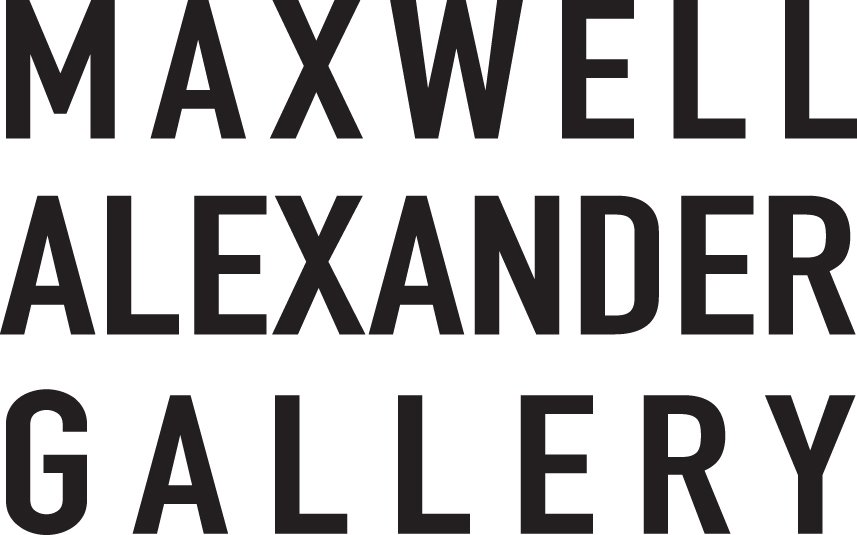A year ago the Maxwell Alexander Gallery introduced a new breed of gallery to the Los Angeles area, a concept that has since spread nationwide. This December the Culver City, California- based gallery marks its one-year milestone with an exhibition highlighting “the best of ” and a picture of the future.
“People thought we were crazy to open a gallery in this economy, but our goal was to only show high-caliber art. We knew qualified collectors would react in a positive way when we showed them quality over quantity,” states Beau Alexander, gallery director. “The art at Maxwell Alexander Gallery is undeniable; it is the new breed of fine art.”
The anniversary show will feature new work by 13 of the gallery’s mainstay artists as well as examples by newcomers to the space. Specializing in contemporary and traditional representational art, as well as art that combines both modern and traditional techniques all in one, participating artists will include Jeremy Lipking, Glenn Dean, Kris Lewis, Logan Maxwell Hagege, David Kassan, Tim Solliday, Bill Schenck, Duke Beardsley, Vincent Xeus, Kim Cogan, Joseph Todorovitch, and Jeremy Mann, among others.
Cogan paints his surroundings, whether it be a street corner, a coastal scene, objects or figures. Of his piece Dark Corner, he explains, “This particular corner caught my eye because of the stark contrast of light and shadow. I wanted to capture that in an expressive way while using dramatic composition and perspective to create the feeling of being enclosed by the space.”
Lewis’ allegorical painting Sea Change continues a prevalent theme in his work. “The ocean is just about overwhelming the child who represents the lost innocence in humanity. The struggles of a rough and complex environment present a serious challenge as we lose focus on what is truly important to survive in our day-to-day lives. We also seem to be isolating ourselves from our ‘human connection’ in the process,” Lewis remarks.
Mann’s figurative piece Plumose illustrates the artist’s distinct, expressive style and interest in manipulating paint in a variety of techniques. “I keep working on different substrates and with different techniques to release myself from the object or image I am looking at, and focus on mark making and color harmonies as well as more intangible qualities such as the effects of light and composition,” muses Mann.
The inspiration for Kassan’s portrait Audrey was multifaceted. “On the surface, I was fascinated with Audrey’s unique porcelain-like skin. Formally, I wanted to contrast that luminosity against a simple neutral background,” he remarks. “Essential to this portrait was my search to portray what it is that she is thinking and feeling within this pose. The painting is life-size so that the viewer is more engaged with Audrey and her emotive qualities are more tangible to the viewer, outside of just being a painting.”

